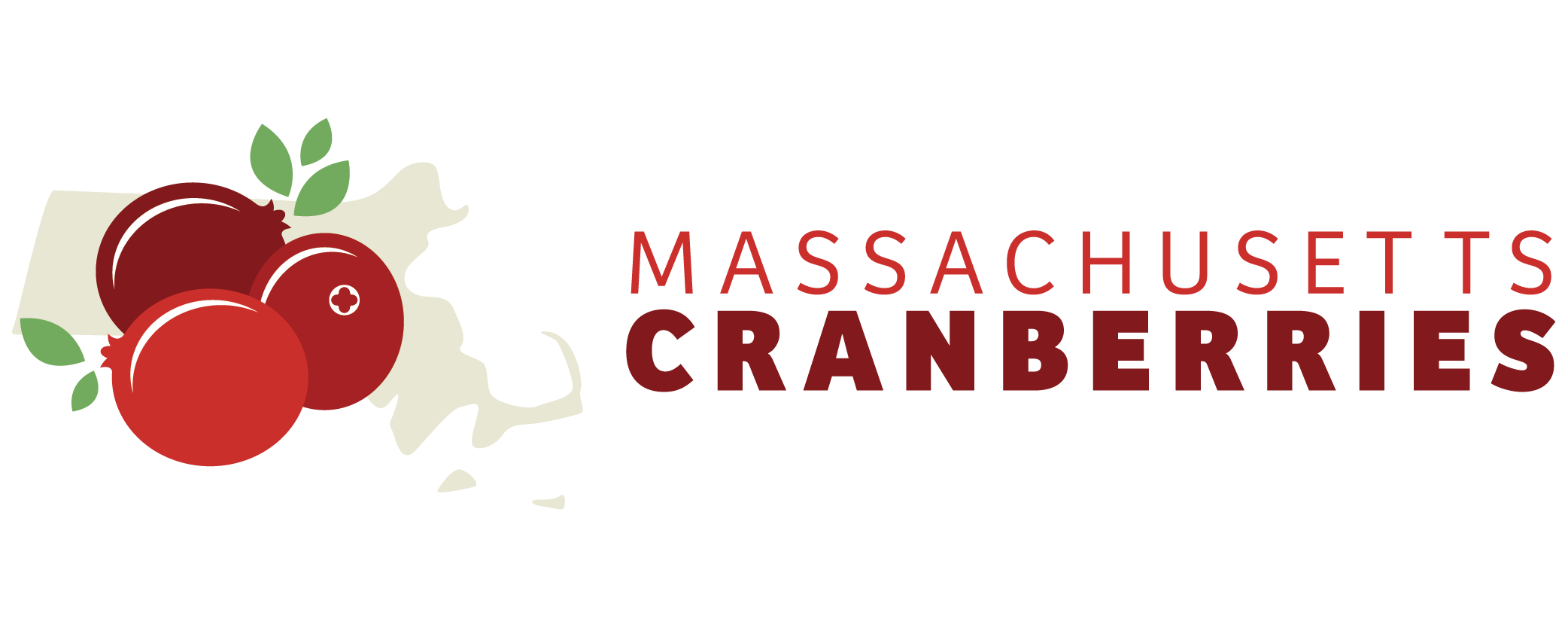What’s Growing On? Summertime on a Cranberry Bog
Summer is arguably the most pivotal time for cranberry growing. In addition to proper pollination, cranberry plants need the right nutrients to go from flowering to berry development. Farmers are watching closely to keep pests and disease at bay. It's also important that the vines/plants receive enough water either through rainfall or irrigation, and that they are protected from extreme heat events. Read on to learn what the most common sights and sounds are on the bogs this time of year.
As a general rule, cranberry plants need an inch of water per week during the growing season. You may see and hear the irrigation system running this time of year if there isn’t enough rainfall to water the crops. Additionally, irrigation systems are used to cool and protect the plants during heatwaves.
The irrigation system can also be used to apply pesticides. Most pesticides are applied at night or early morning, never in the presence of wind, and not before/after heavy rain. Some pesticides have an odor that marks their presence, which does not necessarily equate to human danger. Chemical use on farms is closely monitored and regulated by federal and state agencies with specific allowances, rates, and timing of application, among other restrictions. Through training and continuing education, cranberry growers are able to obtain and maintain pesticide licenses from the Massachusetts Department of Agricultural Resources.
When it comes to insects that may ruin a crop, farmers use a practice called Integrated Pest Management. According to the U.S. EPA, IPM is: "an effective and environmentally sensitive approach to pest management that relies on a combination of common-sense practices. IPM programs use current, comprehensive information on the life cycles of pests and their interaction with the environment. This information, in combination with available pest control methods, is used to manage pest damage by the most economical means, and with the least possible hazard to people, property, and the environment.” What you may see this time of year is people walking through the bogs with large white nets to monitor pest activity. By identifying the type, quantity and life stage of a pest, farmers can make more informed decisions about type and timing of treatment. IPM allows farmers to only take action when absolutely necessary to maintain the health of the crop as opposed to the old “spray and pray” methods that were used long ago.
To supply nutrients needed for growth, fertilizers are applied to cranberry bogs in spring and summer via helicopters, irrigation systems, rotary spreaders, or motorized vehicles. The good news is that cranberries are native to the area and have adapted to the relative lack of fertility in their native sandy soils. Though the plant is adapted to low soil fertility, fertilizers are essential because nutrients are taken from the bog through the harvest of fruit. Fertilizer use in cranberry growing is low in comparison to that in traditional agronomic crops such as corn or soybeans. The not-so-good news is that there is one helicopter company that services southeastern Massachusetts, which equates to long days of flying and increased activity in June and July to accommodate the needs of the industry during this critical growing period.
Pollination is another essential part of cranberry growing that takes place in summer. In addition to native pollinators, growers may rent migratory honey bees for pollination. A minimum of two hives per acre are utilized with bees typically placed adjacent to bogs in June until they are removed in mid-July.
Because bees are so crucial to cranberry farming, some Massachusetts cranberry farmers have developed pollination habitats on land adjacent to their bogs to attract native pollinators. In conjunction with the USDA Natural Resource Conservation Service, the UMass Cranberry Station, and the Xerces Society, cranberry farmers have identified and planted a variety of native pollinator friendly plants and shrubs. Establishing and maintaining pollinator habitats can help sustain the health of bee colonies and other native pollinators all while supporting Massachusetts number one food crop… cranberries.
Fun fact: the flowers that these bees are pollinating is where the name “cranberry” comes from. The cranberry flower resembles the head and neck of a sandhill crane. Early settlers referred to the plant as “crane berry,” which eventually became “cranberry.”
For more information about how cranberries grow and what to expect when living near a cranberry bog, visit www.cranberries.org.
